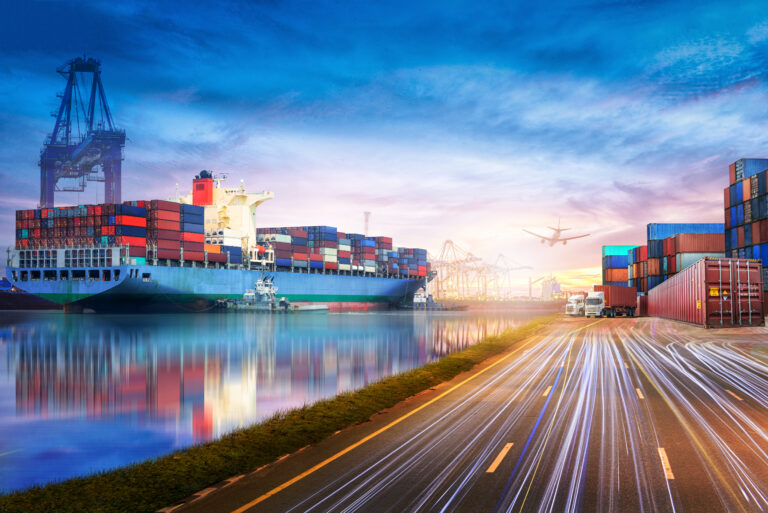The recent collapse of Baltimore’s Francis Scott Key Bridge sent shockwaves through the logistics industry, highlighting the vulnerability of even the most established supply chains. While the human cost of the tragedy is paramount, the event serves as a stark reminder of the need for robust contingency plans, as supply chain disruptions impact industries reliant on efficient transportation networks. Companies in industries like construction, manufacturing and distribution can glean valuable lessons from this disruption and improve their supply chain resilience, a term used to describe the ability of a supply chain network to withstand disruption and minimize the impact to revenue, costs and customers.
How to Prioritize Change Agility
In today’s dynamic business environment, agility and flexibility are critical attributes for supply chain resilience. Companies must be prepared to adapt quickly to changing circumstances, whether it’s rerouting shipments, sourcing alternative suppliers or adjusting production schedules. By cultivating a culture of agility and embracing flexible operating models, businesses can better withstand unforeseen disruptions and maintain continuity of operations, achieving faster response times, improved decision-making and enhanced customer satisfaction.
We’ve provided some ways companies can cultivate change agility in their companies and improve supply chain resilience.
Diversification is Paramount
The collapse of a critical transportation location like the Baltimore Bridge underscores the importance of diversifying supply chain routes. Companies that rely on a single mode of transportation or a specific route are particularly vulnerable to disruptions. By diversifying transportation modes, sourcing locations and distribution channels, businesses can mitigate the impact of localized incidents like bridge failures or natural disasters.
Conduct Proactive Risk Assessments
Preparation through risk assessments and scenario planning can help companies identify potential vulnerabilities and develop the right contingency and continuity plans, helping them to anticipate and prepare for disruption before it occurs. These strategies can include developing alternative routes, identifying backup suppliers and fostering communication channels with key partners.
Companies should consider utilizing System and Organization Control (SOC) guidelines for supply chain audit, reporting and assurance services, provide by the American Institute of Certified Public Accountants (AICPA). The AICPA developed SOC for Supply Chain as a voluntary risk reporting framework that provides companies with actionable intelligence that can help assess risks, understand control effectiveness and identify any deficiencies. You can read more about SOC for Supply Chain reports and their usefulness in evaluating supply chain resistance in our article, SOC for Supply Chain Examination – A Better View of the Moving Parts.
Embrace Technology
The Baltimore Bridge collapse showcases the importance of utilizing data platforms and analytics to get ahead of disruption in the supply chain. Investing in technology that provides supply chain visibility can be crucial for navigating disruptions and rerouting shipments efficiently when major events occur. Real-time monitoring systems, like custom data dashboards and predictive analytics, offer valuable tools to enhance supply chain visibility as well as resilience. Infrastructure upgrades and innovative solutions can also help companies detect early warning signs of potential disruption and implement proactive measures to minimize the impact.
For questions or more information about how your company can improve supply chain resilience, contact your Windham Brannon advisor today, or reach out to Greg Spangler.



